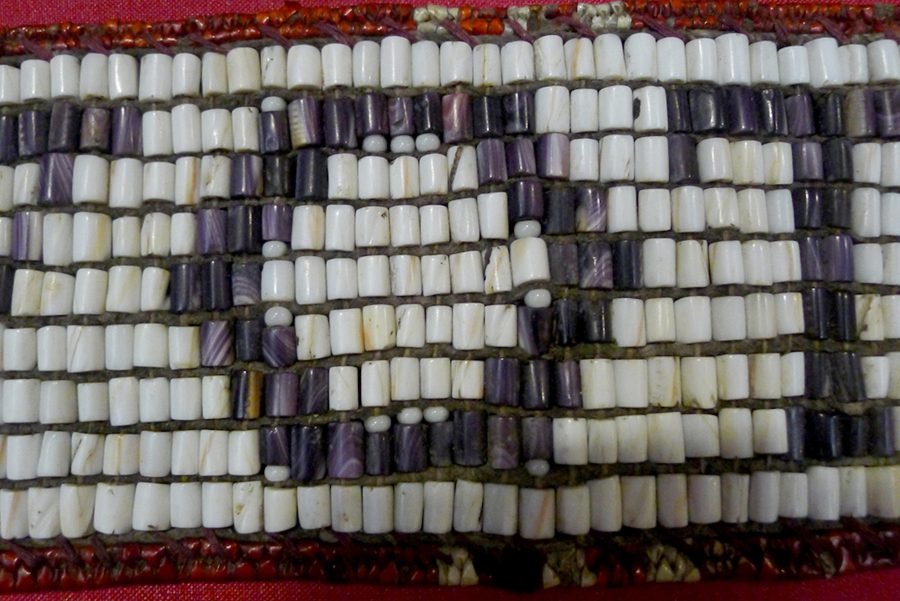Why Were Wampum Belts Important To Native Americans?
A. Sutherland - AncientPages.com - Wampum belts existed long before the European contact with the Native Americans and were used as the official tribal records, to keep historical records, to commemorate important events such as festivals or served as public records of treaties.
On one such wampum belt recorded the so-called 'Great Law of Peace', the oral constitution of the Iroquois Confederacy, a symbol of unity among the Five Nations (the Mohawk, Onondaga, Oneida, Cayuga, Seneca), which later this constitution with the sixth nation (the Tuscarora) being added about 1142.
The eastern Algonquians who lived along the coast of New England and neighboring Iroquois Indian tribe used wampum for ceremonial purposes. However, it is supposed the Iroquois were the first who started to manufacture the valuable beads for wampum.
They made the belts, strands and ribbons of beautiful, polished shells in many colors.
The belts were also valuable for communications, and as articles of exchange in form of gifts, jewelry and trade goods. Later, English and Dutch settlers began to manufacture wampum of glass beads from Europe in order to trade with the Indians and thus Wampum became an important form of money.
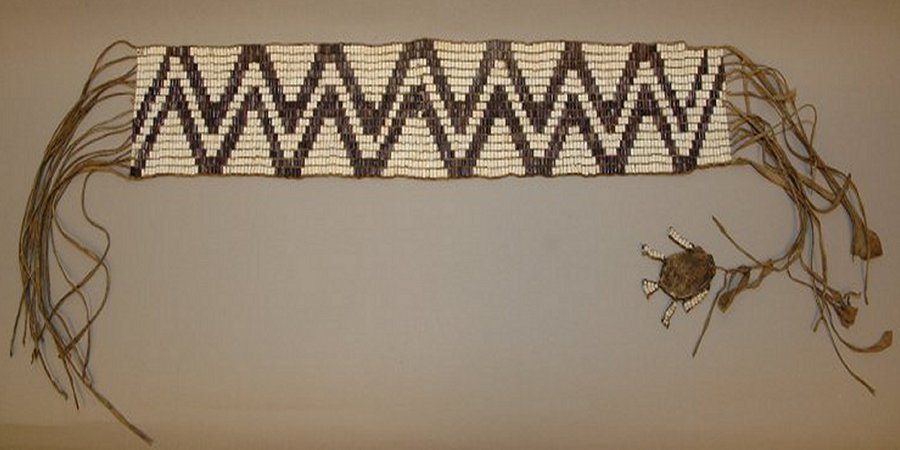
Wampum belt, with a white ground, and two parallel zig-zag lines of purple wampum, three beads in width. Most of the length of the belt is 16 beads wide; however at one end, 12 beads in from the end, the number of skin warps is reduced from 17 to 15. Image credit: British Museum
Wampum (from ‘wampumpeag’, in Algonquian, means "white strings of shell beads) were made of countless beads of white and purple seashells. This one (above) has a medicine bag attached in the form of a tortoise – the animal, which was believed to support the world.
See also:
Cedar – Sacred Tree With Medicine Power In Native American Beliefs
Native American Tradition Of A Vision Quest – How To Enter The Spiritual World
What Was The Symbolism Behind Native American Feathers?
Keepers of the Wampum were respected tribal dignitaries who stored historic strings and belts in special wooden boxes. At the great festivals, ceremonies and annual tribal meetings, the belts were brought out and stories associated with them were recited to the people who could acquaint themselves with the tribe’s history and traditions.
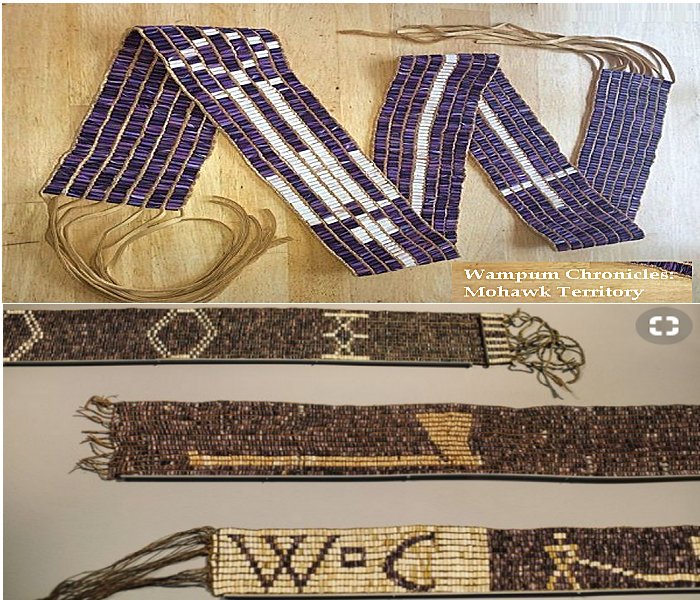
Above: The Wampum Chronicles: Mohawk Territory; Below: “Nation to Nation,” focusing on treaties, indicates a new, more historically serious direction for exhibitions at the National Museum of the American Indian.
Young men were chosen to be assistants and servants to the Keepers of the Wampum and thus they were given a special opportunity to learn the Wampum tradition.
This knowledge was important because, one day these young men would be able to take over the whole responsibility of preserving historic records of the tribe and maintaining the old custom of holding faithfully to tradition.
In addition, wampum belts played an important role during gatherings of tribal councils to demonstrate acceptance or rejection of proposed ideas. According to the tradition, a speaker ended his remarks by passing a belt across the council fire (always kept burning continually during a council of American Indians).
If one of the listeners tossed a belt aside, it meant that he rejected or doubted what the speaker said.
The oldest existing wampum belt is the Huron belt, which was given to the Jesuits commemorating the first mission house built in Huronica. It was offered and accepted in 1638, and is presently stored in the Vatican.
Written by – A. Sutherland AncientPages.com Staff Writer
Copyright © AncientPages.com All rights reserved. This material may not be published, broadcast, rewritten or redistributed in whole or part without the express written permission of AncientPages.com
Expand for referencesMore From Ancient Pages
-
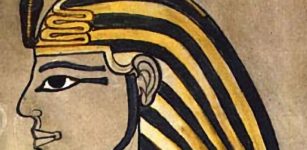 Uraeus – Sacred Emblem That Symbolized Sovereignty, Royalty, Deity And Divine Authority In The Land Of Pharaohs
Featured Stories | May 30, 2022
Uraeus – Sacred Emblem That Symbolized Sovereignty, Royalty, Deity And Divine Authority In The Land Of Pharaohs
Featured Stories | May 30, 2022 -
 Mystery In Abydos: Carved Rock Chambers Discovered Inside Sacred Mountain
Archaeology | Jul 17, 2020
Mystery In Abydos: Carved Rock Chambers Discovered Inside Sacred Mountain
Archaeology | Jul 17, 2020 -
 Unlocking The Secrets Of The Ancient Coastal Maya
Archaeology | Jul 8, 2022
Unlocking The Secrets Of The Ancient Coastal Maya
Archaeology | Jul 8, 2022 -
 On This Day In History: Grote Reber, Great Amateur Astronomer And Ham Radio Operator Born – On Dec 22, 1911
News | Dec 22, 2016
On This Day In History: Grote Reber, Great Amateur Astronomer And Ham Radio Operator Born – On Dec 22, 1911
News | Dec 22, 2016 -
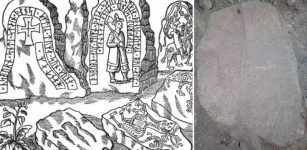 Unique Lost Runestone Of The Hunnestad Monument Finally Found After 300 Years In Sweden
Archaeology | Dec 16, 2020
Unique Lost Runestone Of The Hunnestad Monument Finally Found After 300 Years In Sweden
Archaeology | Dec 16, 2020 -
 Mystery Of Monte Albán – Ancient City ‘At The Foot Of The Heavens’ Built By The Zapotecs
Civilizations | Apr 22, 2016
Mystery Of Monte Albán – Ancient City ‘At The Foot Of The Heavens’ Built By The Zapotecs
Civilizations | Apr 22, 2016 -
 Green Comet Last Seen By The Neanderthals 50,000 Years Ago May Be Visible To The Naked Eye This Week
Archaeoastronomy | Jan 9, 2023
Green Comet Last Seen By The Neanderthals 50,000 Years Ago May Be Visible To The Naked Eye This Week
Archaeoastronomy | Jan 9, 2023 -
 Australia’s Submerged Indigenous Sites – New Discoveries And Study
Archaeology | Aug 31, 2021
Australia’s Submerged Indigenous Sites – New Discoveries And Study
Archaeology | Aug 31, 2021 -
 The Perplexing Story Of The Seven Continents And The Seven Mysterious Races – Can The Past Foretell The Future? – Part 2
Featured Stories | May 15, 2022
The Perplexing Story Of The Seven Continents And The Seven Mysterious Races – Can The Past Foretell The Future? – Part 2
Featured Stories | May 15, 2022 -
 Legacy Of Queen Hatshepsut’s Temple In Luxor – New Valuable Finds Announced
Archaeology | Jan 9, 2025
Legacy Of Queen Hatshepsut’s Temple In Luxor – New Valuable Finds Announced
Archaeology | Jan 9, 2025 -
 Human-Driven Mass Extinction Is Eliminating Entire Branches Of The Tree Of Life – New Study
Biology | Sep 19, 2023
Human-Driven Mass Extinction Is Eliminating Entire Branches Of The Tree Of Life – New Study
Biology | Sep 19, 2023 -
 Who Has Stolen Charles Darwin’s Notebooks Worth Millions From The University Of Cambridge?
News | Nov 24, 2020
Who Has Stolen Charles Darwin’s Notebooks Worth Millions From The University Of Cambridge?
News | Nov 24, 2020 -
 First Human Culture Lasted 20,000 Years Longer Than Thought – New Study
Archaeology | Jan 11, 2021
First Human Culture Lasted 20,000 Years Longer Than Thought – New Study
Archaeology | Jan 11, 2021 -
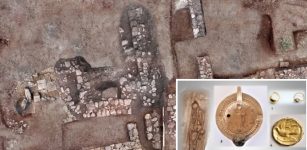 Ruins Of Long-Lost Ancient City Of Tenea Built By Trojans Discovered
Archaeology | Nov 21, 2018
Ruins Of Long-Lost Ancient City Of Tenea Built By Trojans Discovered
Archaeology | Nov 21, 2018 -
 Intriguing El Tajin – Pre-Hispanic Ceremonial Site Dedicated To Totonac Rain God
Featured Stories | Jul 17, 2016
Intriguing El Tajin – Pre-Hispanic Ceremonial Site Dedicated To Totonac Rain God
Featured Stories | Jul 17, 2016 -
 Cryptic Ice Age Markings In European Caves Deciphered – Proto-Writing Discovered By Amateur Archaeologist
Archaeology | Jan 5, 2023
Cryptic Ice Age Markings In European Caves Deciphered – Proto-Writing Discovered By Amateur Archaeologist
Archaeology | Jan 5, 2023 -
 2,000-Year-Old Historical Tombs Unearthed In Close Vicinity To Ancient City Of Laodicea
Archaeology | Jan 23, 2020
2,000-Year-Old Historical Tombs Unearthed In Close Vicinity To Ancient City Of Laodicea
Archaeology | Jan 23, 2020 -
 Unique Ancient Man-Made Underground Structure In New England Puzzles Experts – Who Built It And Why?
Featured Stories | Aug 11, 2024
Unique Ancient Man-Made Underground Structure In New England Puzzles Experts – Who Built It And Why?
Featured Stories | Aug 11, 2024 -
 New Path For Early Human Migrations Contradicts A Single ‘Out Of Africa’ Theory
Evolution | Oct 5, 2023
New Path For Early Human Migrations Contradicts A Single ‘Out Of Africa’ Theory
Evolution | Oct 5, 2023 -
 First Pay Toilets Were Invented In Ancient Rome In 74 A.D.
Ancient History Facts | Jan 29, 2017
First Pay Toilets Were Invented In Ancient Rome In 74 A.D.
Ancient History Facts | Jan 29, 2017


